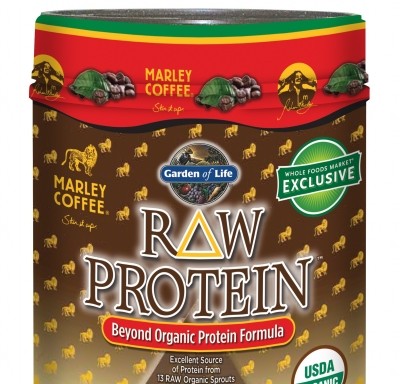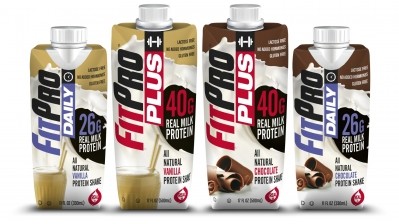Special Edition: Protein Rich Foods: The Next Generation
Functional improvements drive demand for milk proteins

Chemists working with milk proteins have moved light years beyond the days when skimming cream and pasteurizing what was left and turning some of it into milk or yogurt was the end stage of milk processing. Formulators now have an array of whey and casein protein types from which to choose.
Demand for milk-derived proteins has been robust, and will continue to increase as the applications field widens, said Roger Schwarzenbach, research and development manager for powders and beverages at Fonterra.
“I think whey protein demand will continue and I think we are seeing quite a big move toward products with high protein concentrations,” Schwarzenbach told FoodNavigator-USA. “I think healthy aging will drive a lot of that.”
“I suspect we will see a lot more protein going into mainstream applications and I think a lot of work has been done to overcome some of the formulation challenges with that. Dairy protein in general is being used in a lot more products that what we have seen historically,” he said.
Categories of applications
Loren Ward, PhD, director of research and product development at Glanbia Nutritionals, breaks the demand for milk protein into three categories of customers who are looking for different things.
“First there is a functional category where companies are looking at cleaning up their labels,” he said. These companies are looking for proteins not primarily for the nutritional value but more to replace other ingredients.
“They are bringing the protein in to create some functional changes that are beneficial to that product, whether it is a salad dressing or for soups or sauces to maybe boost the viscosity a little bit.”
A second category is companies that are looking for proteins that can both boost nutrition and do double duty as a functional ingredient.
“Companies want a protein with good taste and good texture. They also want the protein from a nutritional standpoint. These applications include nutritional bars, beverages or yogurts where you are looking to deliver at least a good source of protein, which is 5 grams, or an excellent source, which is 10 grams,” Ward said.
“In a third category you are looking at proteins that have bioactive properties,” he said.
Old dog, new tricks
Modifying the base casein or whey proteins to make them suitable for all these different applications is the challenge facing Glanbia and Fonterra’s development teams. Both companies feature a variety of casein and whey proteins suitable for different applications with more on the way. It’s all part of a continuing effort to help protein shed the functional shackles of opacity, grittiness and high viscosity.
“For example whey protein has not been very heat stable, and has historically been used in more acidified products, sports products or it powder formats,” said Schwarrzenbach.
“We are seeing a transition for whey protein in particular to go into more RTD. I think that will continue. We have done a lot of work in that area and have developed a whole range of whey protein ingredients that are heat stable and can be used in UHT,” he said.
“I think in 2013 your are going to see a lot of work around making sure milk proteins are stable, and improving the flavor and improving the texture. Proteins impart a huge amount of viscosity to products. How can we reduce the viscosity of dairy proteins to enable the use of additional protein at higher concentrations,” he said.
Glanbia has also worked to expand protein’s functional envelope. And example of this effort is the company’s Optisol 2000 functional ingredient that can replace some of the binding properties of sugar in, for example, a cereal cluster product.
“You are using protein and syrup to stick your clusters together. You can use the protein as a binder and decrease your simple sugars by 20% to 25%,” Ward said.
Milk is king of the quality hill
But along with the new functional properties, milk proteins retain their characteristics as high-quality protein sources with a full suite of amino acids. This has proven beneficial, Schwarzenbach said, in the use of milk proteins in one of the biggest growth areas for the ingredient—healthy aging. The amino acid leucine, which has been shown to stimulate muscle synthesis, is helpful in ameliorating sarcopenia, the muscle wasting condition of old age. But not all protein sources are equal in supplying this vital amino acid, Schwarzenbach said.
“If you look more broadly a lot of the science has been focused around leucine and specifically leucine coming from whey protein,” he said.
“If you look at collagen, you need 90 grams of collagen to deliver 2.5 grams of leucine, as opposed to whey protein isolate where you only need 18 grams.”
Schwarzenbach said results like that will help milk proteins compete effectively against the up-and-coming plant protein sources such as pea, hemp and rice.
“Protein quality is absolutely essential. It think we will se a transition from a focus on the quantity of protein to a focus more on the quality of protein and what benefit does that protein deliver,” he said.


















